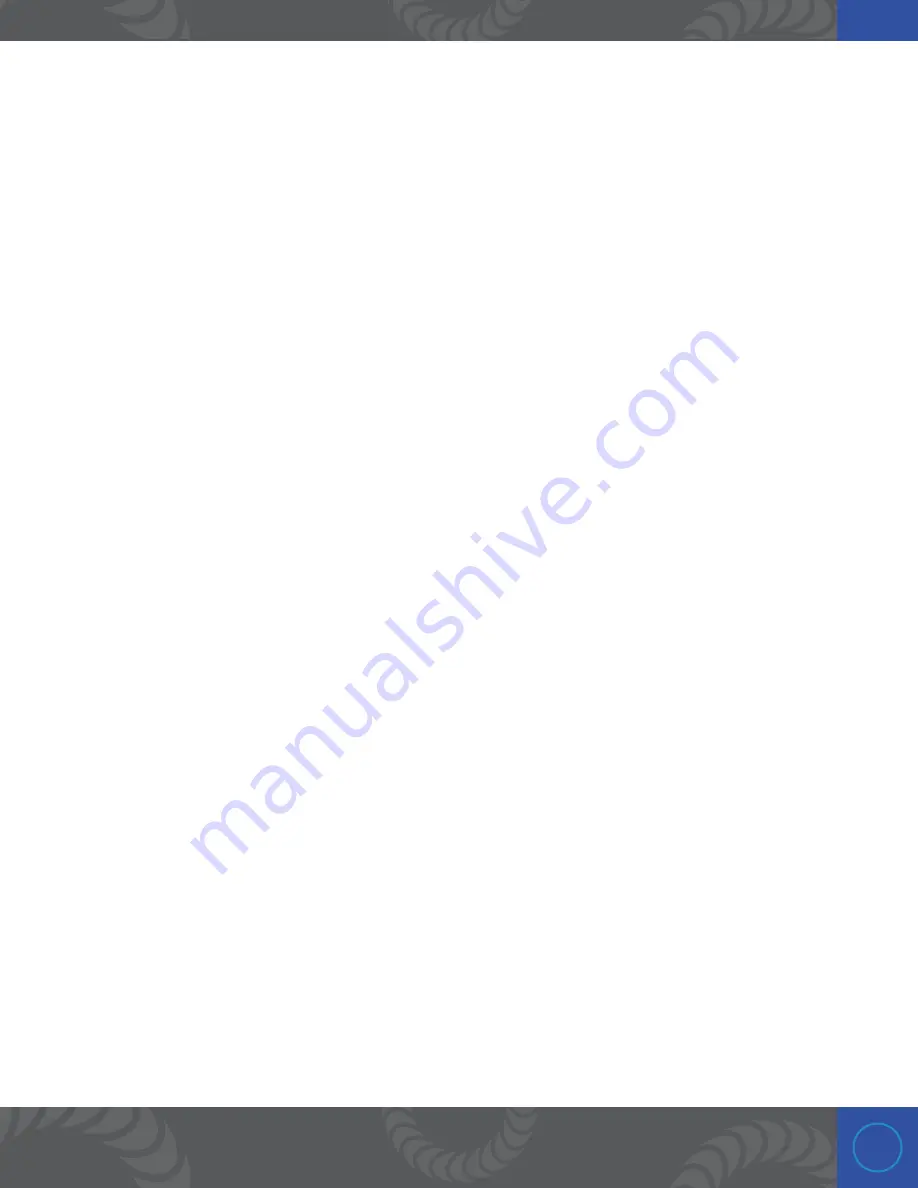
51
•Check the Tip Retract Delay in the “Ignition menu .” Decrease this time a little to increase successful welds .
Q. WHAT IS THE THICKEST SHEETING THAT CAN BE WELDED?
•Weldable sheet thickness varies depending on the type of material .
•Highly conductive materials like copper can generally be welded up to 0 .020” thick .
•More resistive metals may be slightly thicker than the conductive metals .
•The relative size of the two components being welded should be comparatively similar .
•Thin conductive sheets welded onto thick conductive bases will be less successful (the bottom portion
acts as a heat sink and wicks energy away from the weld site) than thin sheet to thin sheet .
•If the top layer is too thick, the weld will not fully penetrate to the bottom sheet .
•Sometimes it can be useful to experiment with which material acts as the top layer when the application
permits .
•COPPER to ALUMINUM – since the melting temperature of aluminum is lower than that of copper, it is
best to use the copper as the top layer to avoid blowing holes in the aluminum .
•If the top layer is NICKEL or NICKEL COATED, the nickel can stick to the electrode and cause erratic weld
behavior over time . Ideally, the NICKEL would be used as the lower layer .
•COPPER to STEEL - it is generally best to have the copper layer on top since it will absorb the majority of
the energy .
•Some metals combine to form an alloy that is not as strong as the original metals . In this case it can be
useful to insert a third metal between the two layers to act as a binder . Nickel tabs work well in several
circumstances .
•With experimentation, one can determine how many layers can be welded at one time .


































